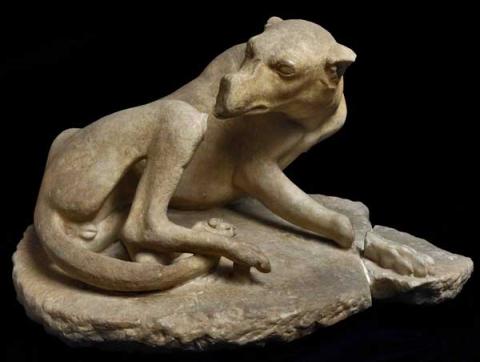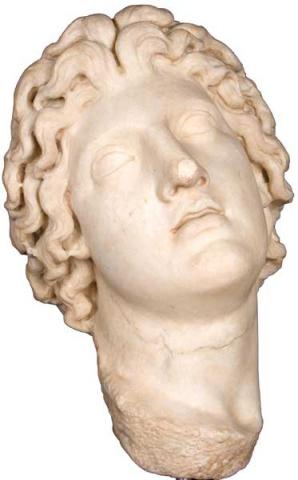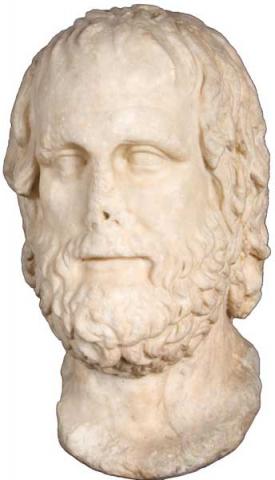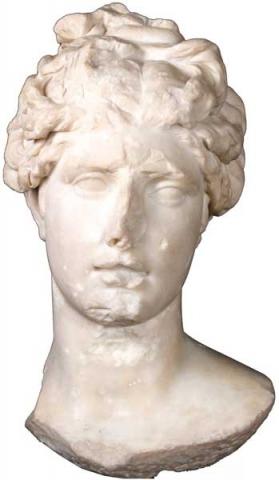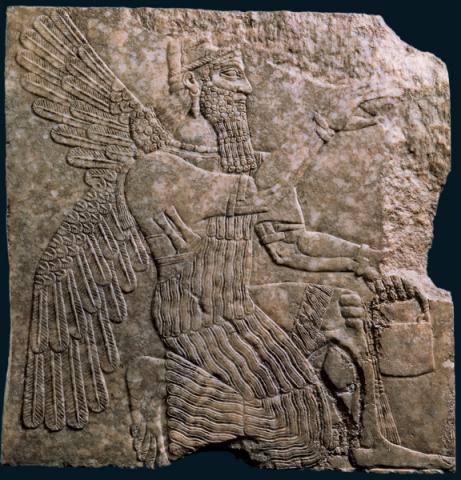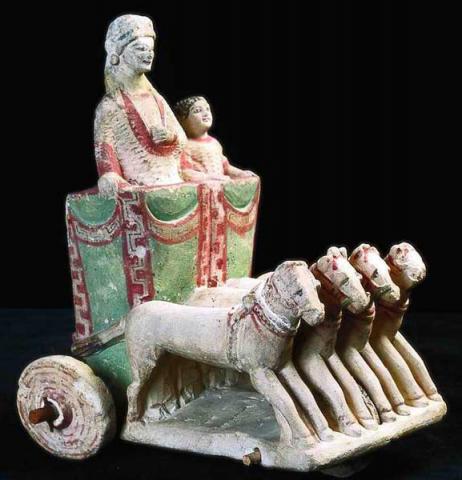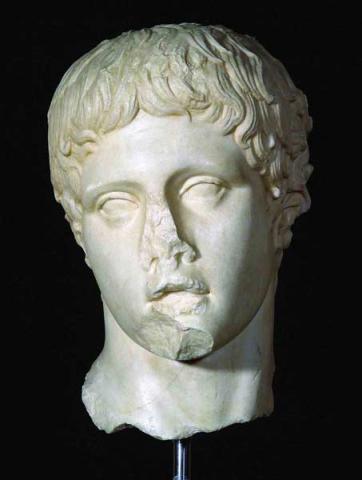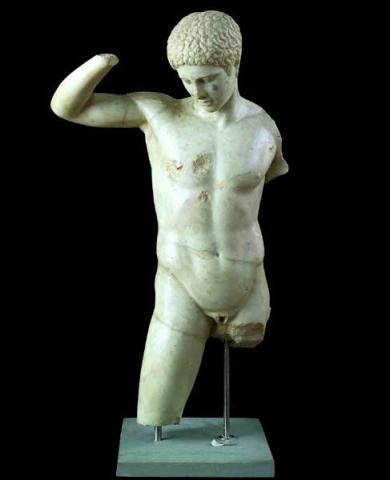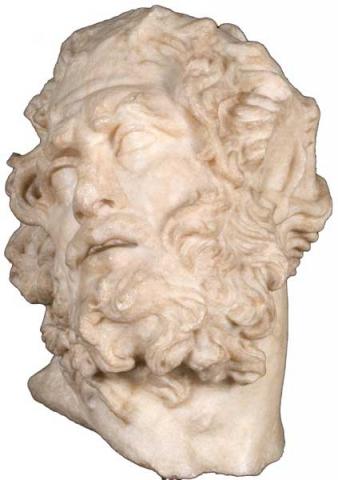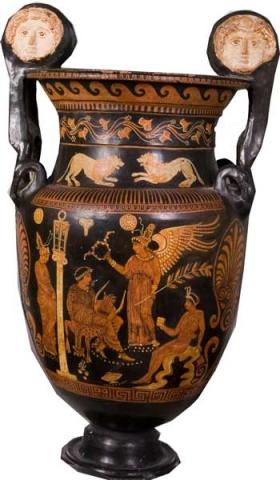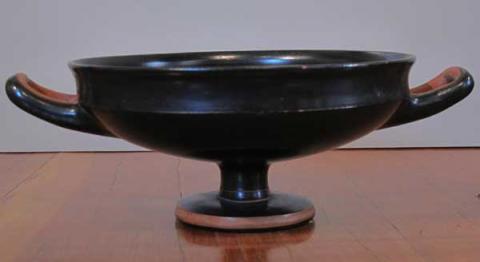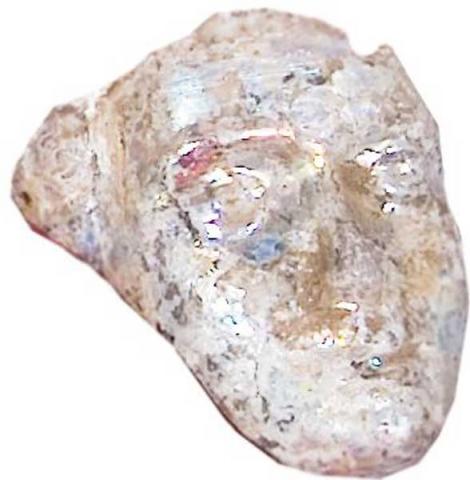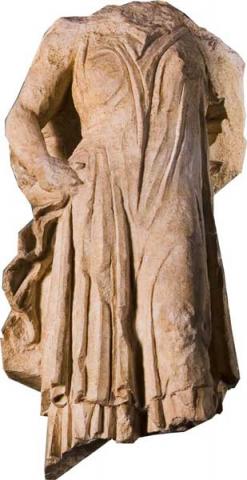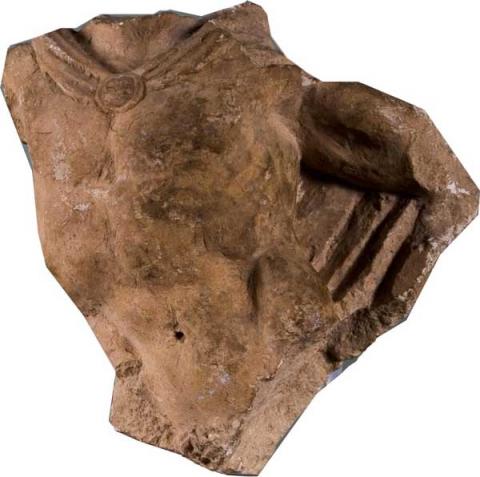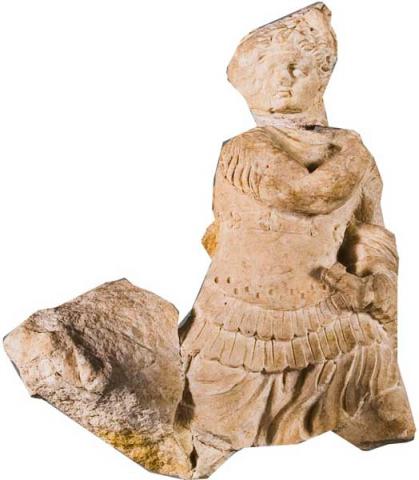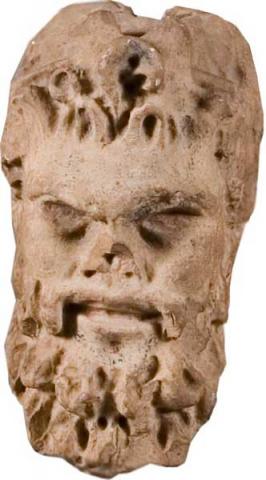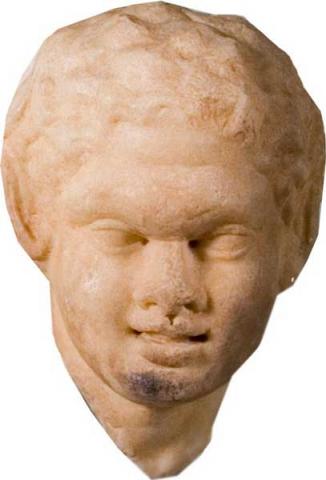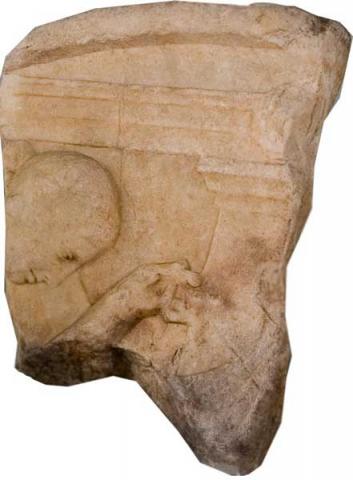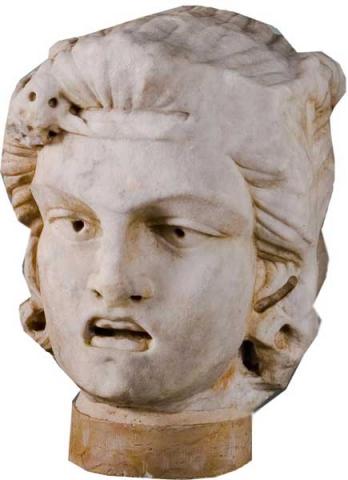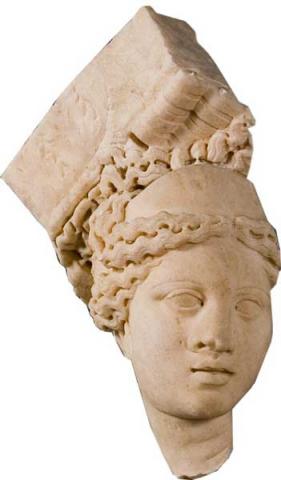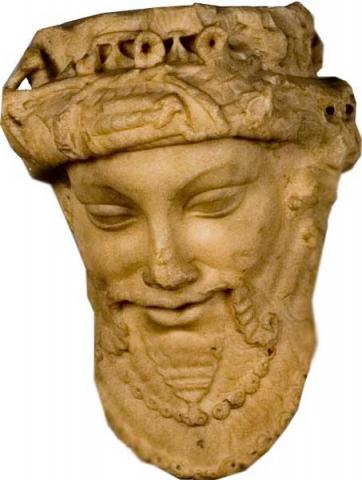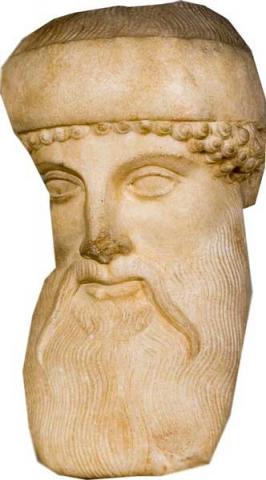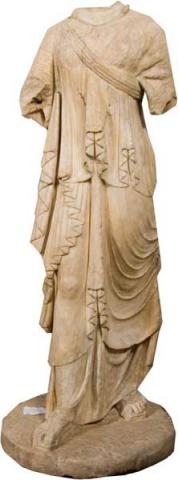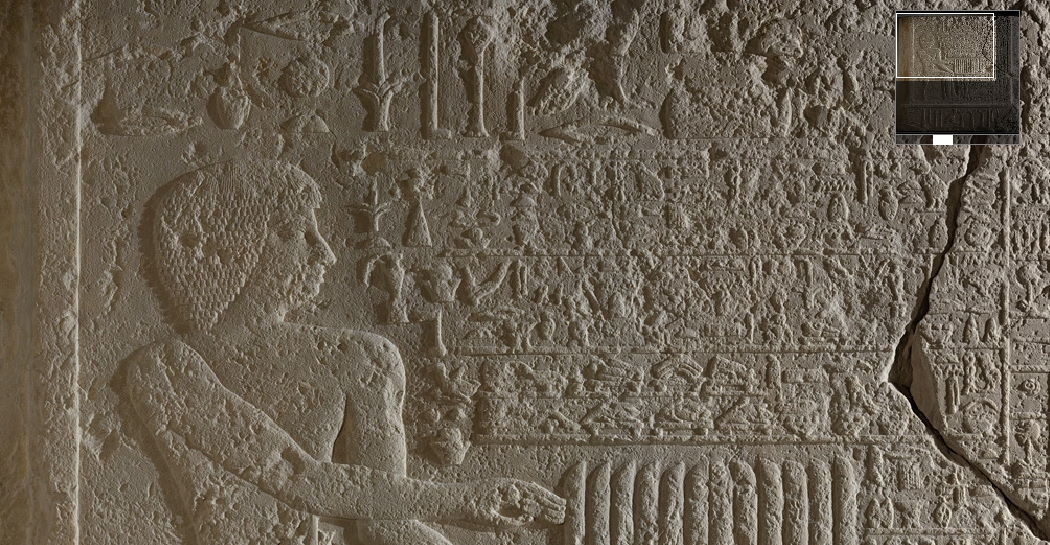Hellenistic art
The term “Hellenism” refers to the historical and cultural period that is conventionally taken to have begun in 323 B.C., the year of Alexander the Great’s death, and ended in 30 B.C., upon the Romans’ conquest of Egypt. In expanding eastward, Alexander had advanced as far as India, but after bitter struggles, the vast empire he had conquered was eventually divided into multiple kingdoms ruled by the Diadochi, Alexander’s companions and successors.
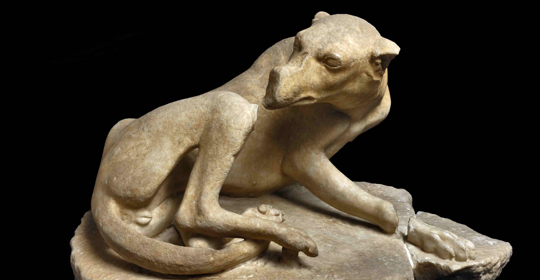
The dynasty of the Ptolemies reigned in Egypt, the Seleucids in Syria, Mesopotamia and Persia, the Antigonids in Macedonia and Greece, and (as of 263 B.C.) theAttalids at Pergamum.
The huge expansion of the Greek world’s boundaries and its close contacts with civilizations and peoples with very ancient traditions, led to extraordinary political, economic and social transformations, and produced enormous repercussions on the cultural life and artistic styles of the period. The results of this process, though marked by local features, shared a common expressive language that enabled the widespread diffusion of representational models of Hellenic origin.
Patronage for grand artistic projects passed from the individual city-states of the Greek world to the capitals of the successor kingdoms (Pella, Antioch, Alexandria, Pergamum, etc.), as expressions of the sovereigns. The relationship between the community and the individual changed, and the art of portraiture flourished. The artists’ repertory was enhanced with new themes derived from the observation of nature and daily life, and with exotic subjects.
Besides fine copies of Greek sculptures from the early Hellenistic period, the Barracco collection contains many examples of the archaistic art that was popular in Hellenistic and Roman times. This artistic language had retrospective and eclectic features that drew on motifs and stylistic elements typical of archaic Greek art, but often combined with more advanced models. It characterizes reliefs of a mainly decorative nature and sculptures in the round that were also conceived for votive or religious purposes.
